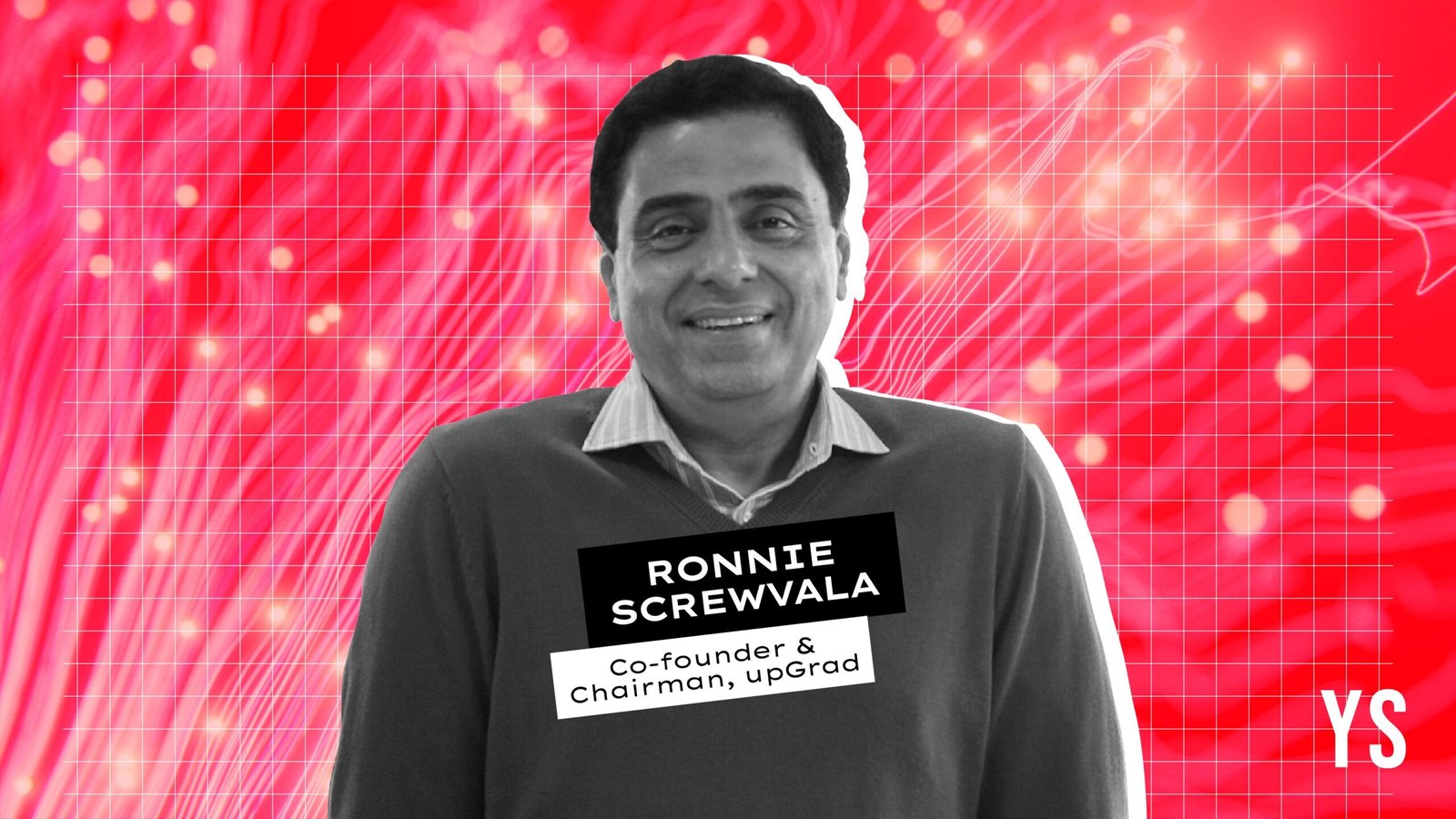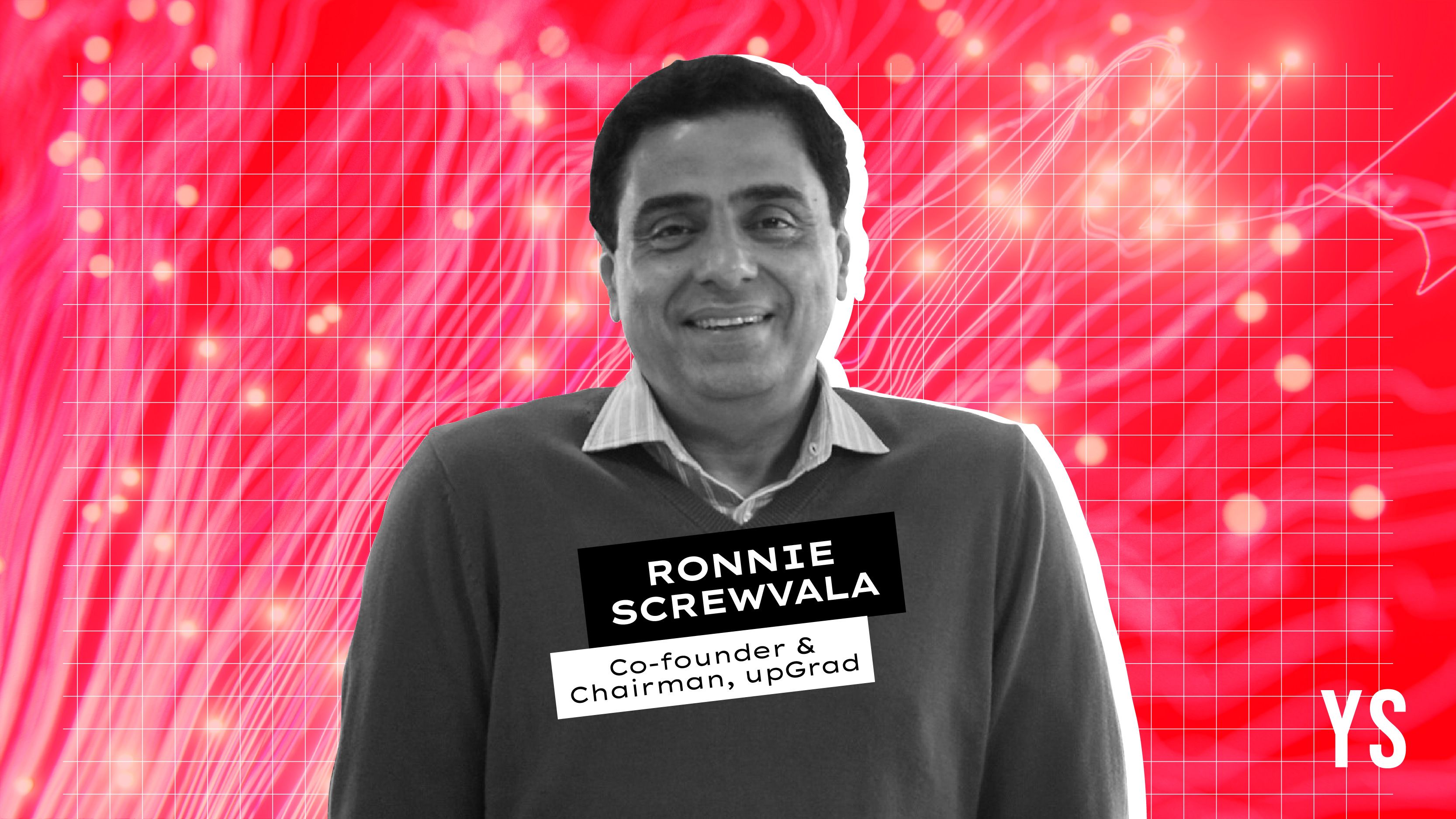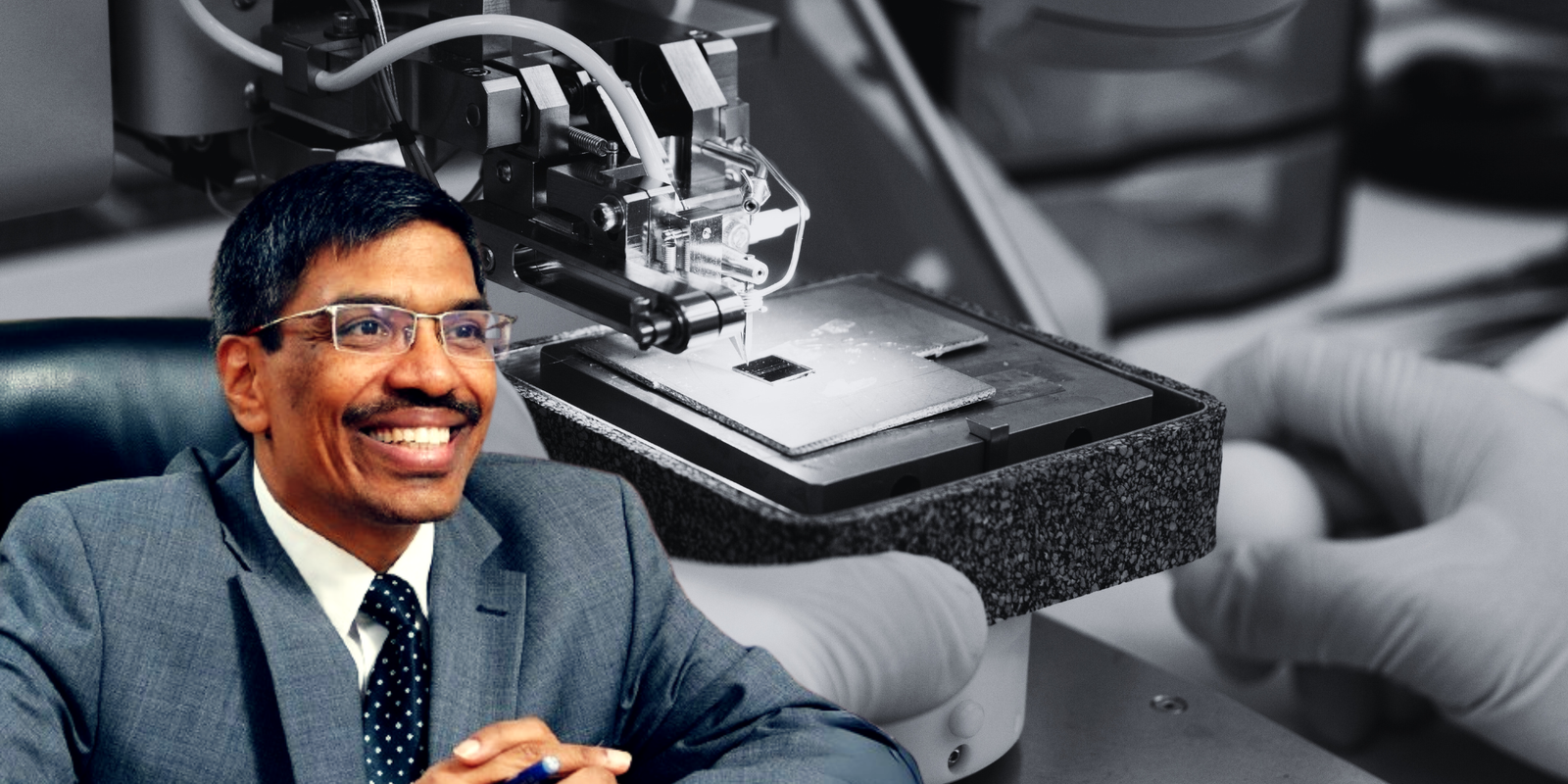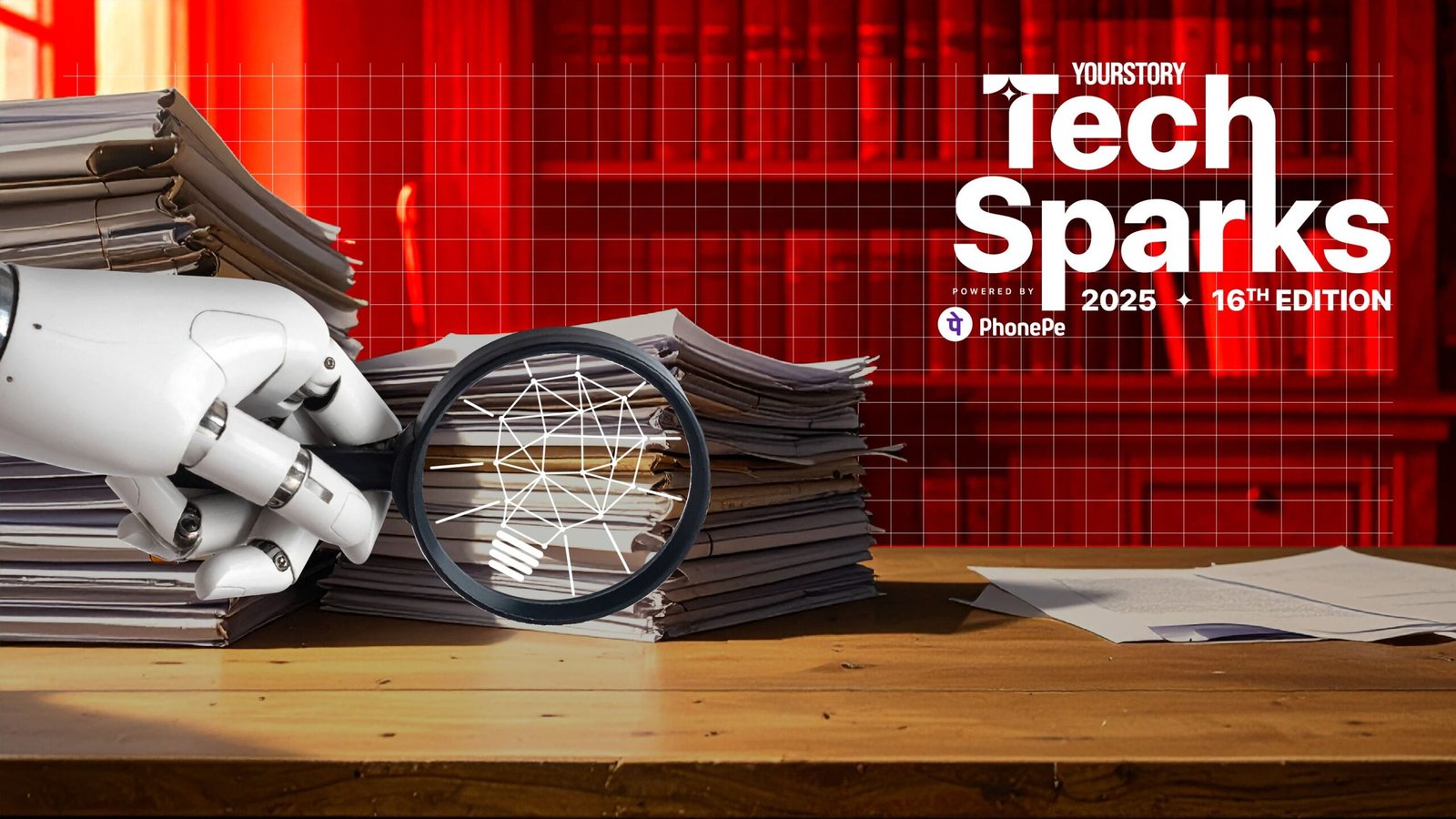Overreacting to AI is like over-eating; it only leads to indigestion: Ronnie Screwvala


Panic is the wrong response. “Overreacting to anything is always a bad idea,” Screwvala warns—a useful corrective in a debate too often fuelled by alarm.
There is also practical good news: AI’s biggest promise may be to multiply scarce human expertise, not merely to replace routine tasks. As Screwvala explains, “With AI and bots, I can do a lot of that manually, and I can go from one person to 2,000 people.” He was referring to how technology can take over routine mentoring and feedback, freeing educators or experts to focus on deeper, more complex interactions.
Simply put, personalised mentoring—that once required a single tutor—can now be scaled so that many more learners receive tailored support. That leap—from bespoke guidance to near-universal, context-aware assistance—could transform education in classrooms that currently lack enough qualified teachers.
However, technology will only deliver when people use the time it frees differently to sharpen outcomes, deepen attention, and build the human skills machines cannot buy.
The challenge now is not whether AI will change work—it is whether we will use that change to become owners of outcomes, rather than victims of disruption.
In a conversation with YourStory, Screwvala explains how a permanent AI shift could democratise learning and health services, rewrite hiring and skilling needs, elevate hackathons and incubation, and push governments and businesses to incentivise lifelong learning and regain focus.
Edited excerpts:
YourStory (YS): Is AI just another passing trend, or is it truly a permanent shift in the way we live and work?
Ronnie Screwvala (RS): This is not a short-term event; it is a permanent shift, and it is already happening. Some of the tasks we have always done no longer need to be done. That is why I keep saying: the real question is not whether you will be replaced, but what you will do more.
There is already a race. If AI can handle X, then I have to move to X-plus. If I stay at X, I will fall behind. Unless we get that answer quickly and start to upskill, we will be overtaken.
Think about rural India. People say girls are not attending school, but 40% are missing because of water. The issue is not teachers; it is that they spend their time fetching water. Once we fixed the water problem, attendance went up. Then the women came back and said, “Thank you, but now we don’t know what to do with our time.
It is the same here. The companies and people who figure that out will pull ahead. That is why this is a lasting movement.
YS: When faced with the rapid rise of AI, should organisations panic or take a measured approach?
RS: Overreacting to anything is always a bad idea. It is like overeating; the only outcome of overeating is indigestion. So, the only outcome of overreacting is not getting anywhere. You get a panic attack, not a sanity attack.
What really intimidates people is the speed at which things are moving. However, not every company needs to be AI-ready tomorrow morning. Can you imagine every single company in the world needing to be AI-ready simultaneously? That has never happened.
The real work is to assess: how much will AI impact me negatively, and how much can I use it positively? That is where the brainstorming should happen.
Do not confuse panic with displacement. Yes, some work-for-hire companies will feel pressure, but the most evolved firms are already ahead. The irony is that many people are training AI that may replace them, such as factory workers teaching robots. But that is also an opportunity to become smarter and do something different.
YS: What role do hackathons and incubation play in preparing for an AI-driven future?
RS: Hackathons are one of the simplest ways to speed up adoption. If you put 200 or 300 people in a room for 24 hours, they will come back with ten ideas worth pursuing. It is inexpensive, fast, and you get immediate prototypes. Incubation is the next step, supporting the best of those ideas so they do not die in a notebook. That is how you create a culture of continuous innovation.
Many organisations underestimate this. They think they need large budgets or long timelines. But hackathons and incubators can move quickly, show where AI can be applied, and inspire employees to think differently.
For me, it is about creating the habit of experimentation; our latest Hackathon CodeEd is an example. If you do not do that, you will always be reacting to what others build instead of shaping it yourself.
YS: What changes are essential if online education is to scale meaningfully in the age of AI?
RS: When we talk about online education, the issue is not just putting content on a screen. If you want it to scale meaningfully, you have to rebuild the whole learning experience—starting with pedagogy, outcomes, and job readiness—and not just delivery.
Traditional teaching works in small classrooms where a professor can manage discussions and doubts. But online, when you go from hundreds to thousands, the model breaks. We need more active learning, where students engage with each other, peer answers matter, and feedback loops exist even at scale. That requires new formats, better assessment, and technology that supports interaction rather than digitisation.
So, the challenge is not numbers; it’s effectiveness. Can learners walk away with real competencies? Can they become employable? Unless we rebuild with those goals in mind, online education will remain superficial rather than transformational.
YS: How can AI practically improve teaching and mentoring at scale?
RS: One of the most powerful uses of AI is in scaling mentorship and teaching. Earlier, if I had to guide someone, I could only manage a handful of people at a time. Now, with AI and bots, I can extend that reach dramatically. What used to be one-to-one can become one-to-thousands.
That does not mean replacing the teacher. It means freeing them from repetitive, routine queries and letting technology manage the basics such as reminders, initial feedback, and quick clarifications. The human expert can step in only where depth and nuance are required. In effect, the learner gets consistent support while the teacher’s time is used more intelligently.
It also changes peer learning. With AI, learners can interact more, exchange answers, and test ideas without waiting for the instructor. That mix—technology handling scale and humans focusing on quality—is what makes the model viable. It is about extending reach while still protecting the human connection.
YS: Which jobs are most at risk, and where do you see new opportunities emerging?
RS: Repetitive roles, easily duplicated, or work-for-hire will face pressure. Take call centres, they’re going to be a thing of the past. If a client can get the same service faster and cheaper with AI, they will not need thousands of people answering standard queries.
But it is not all negative. In agriculture, AI can help farmers predict rainfall, optimise fertiliser use or improve yields, which I call precision farming. In fisheries, consultancy, and even small businesses, there will be scope to create value in ways we could not before.
I also see a rise in self-employment. Many people who once relied on being hired for routine tasks will find it easier to use AI tools to work independently. Yes, some jobs disappear, but others—more aspirational and specialised—open up. The winners will be those who move quickly into those spaces instead of clinging to roles that AI will inevitably replace.
YS: For individual workers, what is the smartest way to respond to AI right now?
RS: The smartest thing to do is to treat AI as a lever to raise your own output. If AI can take over 30%-40% of what I do today, then my efficiency, results, and output will automatically go up. The mistake is to see that as a threat. The right question is: what am I going to do with the extra time it creates for me?
That is where opportunity lies. You can move into work that demands judgment, creativity, and empathy—things AI cannot do well. You can pick up adjacent skills, learn faster, and position yourself for the kind of tasks that machines cannot replicate.
If, on the other hand, you cling to the old way of doing things, then yes, you risk being replaced. It is about mindset: do I see the 30% that is gone as a loss, or do I see it as a way to push myself into something bigger? Those who choose the latter will move ahead.
YS: What concrete steps should the government take to support large-scale skilling?
RS: The government has a big role in signalling that skilling and reskilling are non-negotiable. And that does not mean creating one more committee; it means incentives that reach people directly.
For example, if someone takes a course in machine learning or data science, that fee should qualify for a tax rebate. Imagine the message it sends if your payslip shows you saved money because you invested in new skills.
Second, colleges should not treat AI and skilling as optional. Every government college should have mandatory ‘plus-plus’ modules, where students learn AI applications alongside their subject. That way, skilling becomes part of the curriculum rather than an afterthought.
Third, we need public-private centres where those who cannot afford training can still access high-quality programmes. The government does not have to run everything, but it should create the ecosystem with seed funding, incentives and partnerships. If we evangelise and invest in skilling now, the workforce will be ready, instead of fearing for tomorrow.
YS: What do you see as the biggest challenge in India’s talent ecosystem?
RS: India has no shortage of talent; we produce engineers, scientists, and entrepreneurs in huge numbers. But the gap is competitiveness, which our schooling and college system do not teach us. We are very good at learning, at exams, but we do not build that sharpness that comes from competing at a global level.
That’s the difference you see when Indian students go abroad. They are smart, but they suddenly realise the environment is far more demanding and far more cut-throat. We need to create that same culture here, where people are pushed to raise their game, where outcomes matter, where you are expected to think critically and deliver with speed.
It is not about undermining the talent pool; it is about sharpening it. If we can combine our numbers with that edge, India’s workforce will not just be large, it will be world-class. That is when our talent becomes an advantage that no other country can easily replicate.
YS: Beyond technical skills, which soft skill will matter most in the years ahead?
RS: If you ask me to pick one skill that will really matter, it’s focus. The power of non-distraction. Real success has always come with focus, and that will be even more important now.
We are surrounded by tools, platforms, notifications, and AI systems that can do things faster than we can. If you are constantly distracted, you do not create anything meaningful. The people who can shut out noise and stay with a problem until it is solved will be the ones who stand out.
It is not glamorous, but it is priceless. Everyone talks about multitasking, but the ability to do deep work will be the premium skill. AI can generate, automate, and accelerate, but it cannot choose what deserves your attention. That is the human part.
The differentiator will not just be who knows the tools, but who can stay focused enough to use them to create real impact.
YS: If you had to give one line of advice to young professionals, what would it be?
RS: Be nimble. Your dynamism has to be permanent now.
The world you are entering is not one where you learn a set of skills and then settle for life. Things will change constantly, the tools, expectations, and even the industries themselves. If you are rigid, you will struggle. If you are nimble, you will adapt.
That means being willing to learn new things all the time, being comfortable with uncertainty, and not seeing change as a threat. You have to see it as the natural state of work. Don’t wait for someone else to tell you what is next; anticipate it, experiment, and get there before others.
Nimbleness is not just survival; it is how you get ahead. The people who move with the change, instead of resisting it, will always have an advantage.
(Cover image designed by Nihar Apte)
Edited by Suman Singh
Discover more from News Hub
Subscribe to get the latest posts sent to your email.







